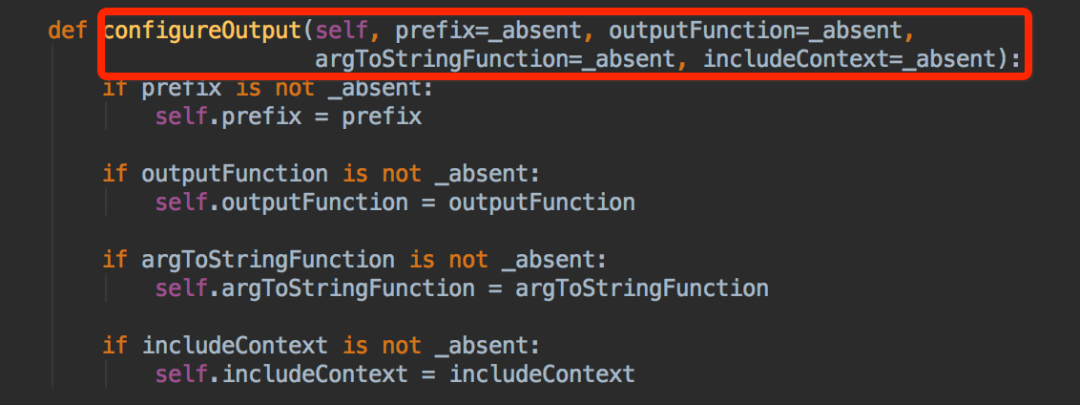简评:让你更轻松地明白,量子计算机如何遵循线性代数计算的。
这是个 GItHub 项目,可以简单了解一下。
qusim.py 是一个多量子位的量子计算机模拟器(玩具?),用 150 行的 python 所编写。
这段代码可以让你轻松了解量子计算机如何遵循线性代数来计算的!
from QuSim import QuantumRegister
#############################################
# Introduction #
#############################################
# Here Will Be A Few Example of Different #
# Quantum States / Algorithms, So You Can #
# Get A Feel For How The Module Works, and #
# Some Algorithmic Ideas #
#############################################
#############################################
# Quantum Measurement #
#############################################
# This experiment will prepare 2 states, of a
# Single qubit, and of 5 qubits, and will just
# Measure them
OneQubit = QuantumRegister(1) # New Quantum Register of 1 Qubit
print('One Qubit: ' + OneQubit.measure()) # Should Print 'One Qubit: 0'
FiveQubits = QuantumRegister(5) # New Quantum Register of 5 Qubits
# Should Print 'Five Qubits: 00000'
print('Five Qubits: ' + FiveQubits.measure())
#############################################
# Swap 2 Qubits #
#############################################
# Here, We Will Apply a Pauli-X Gate / NOT Gate
# To the first qubit, and then after the algorithm,
# it will be swapped to the second qubit.
Swap = QuantumRegister(2) # New Quantum Register of 2 qubits
Swap.applyGate('X', 1) # Apply The NOT Gate. If Measured Now, it should be 10
# Start the swap algorithm
Swap.applyGate('CNOT', 1, 2)
Swap.applyGate('H', 1)
Swap.applyGate('H', 2)
Swap.applyGate('CNOT', 1, 2)
Swap.applyGate('H', 1)
Swap.applyGate('H', 2)
Swap.applyGate('CNOT', 1, 2)
# End the swap algorithm
print('SWAP: |' + Swap.measure() + '>') # Measure the State, Should be 01
#############################################
# Fair Coin Flip #
#############################################
# Shown in this 'Experiment', is a so called 'Fair Coin Flip',
# Where a state will be prepared, that has an equal chance of
# Flipping to Each Possible State. to do this, the Hadamard
# Gate will be used.
# New Quantum Register of 1 Qubit (As a coin has only 2 states)
FairCoinFlip = QuantumRegister(1)
# If measured at this point, it should be |0>
# Apply the hadamard gate, now theres an even chance of measuring 0 or 1
FairCoinFlip.applyGate('H', 1)
# Now, the state will be measured, flipping the state to
# either 0 or 1. If its 0, we will say "Heads", or if its
# 1, we will say "Tails"
FairCoinFlipAnswer = FairCoinFlip.measure() # Now its flipped, so we can test
if FairCoinFlipAnswer == '0':
print('FairCoinFlip: Heads')
elif FairCoinFlipAnswer == '1':
print('FairCoinFlip: Tails')
#############################################
# CNOT Gate #
#############################################
# In this experiment, 4 states will be prepared, {00, 01, 10, 11}
# And then the same CNOT Gate will be run on them,
# To Show The Effects of the CNOT. The Target Qubit will be 2, and the control 1
# New Quantum Register of 2 Qubits, done 4 times.
# If any are measured at this time, the result will be 00
ZeroZero = QuantumRegister(2)
ZeroOne = QuantumRegister(2)
OneZero = QuantumRegister(2)
OneOne = QuantumRegister(2)
# Now prepare Each Into The State Based On Their Name
# ZeroZero Will be left, as thats the first state anyway
ZeroOne.applyGate('X', 2)
OneZero.applyGate('X', 1)
OneOne.applyGate('X', 1)
OneOne.applyGate('X', 2)
# Now, a CNOT Will Be Applied To Each.
ZeroZero.applyGate('CNOT', 1, 2)
ZeroOne.applyGate('CNOT', 1, 2)
OneZero.applyGate('CNOT', 1, 2)
OneOne.applyGate('CNOT', 1, 2)
# Print the results.
print('CNOT on 00: |' + ZeroZero.measure() + '>')
print('CNOT on 01: |' + ZeroOne.measure() + '>')
print('CNOT on 10: |' + OneZero.measure() + '>')
print('CNOT on 11: |' + OneOne.measure() + '>')主要代码来自:corbett/QuantumComputing.
如果你对用 RUST 所写的高效、高性能的硬件量子计算模拟器有兴趣,可以点击 QCGPU 来查看更多内容。
GITHUB 地址:adamisntdead/QuSimPy













